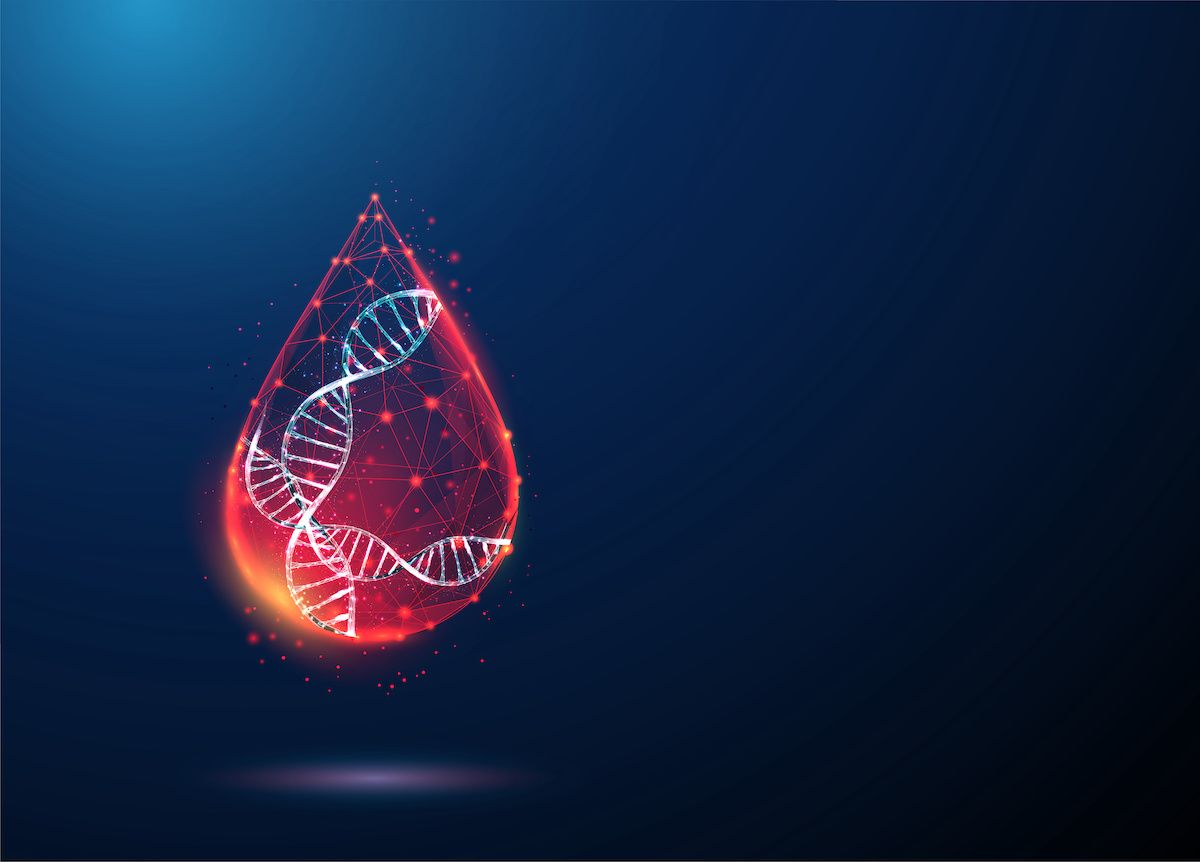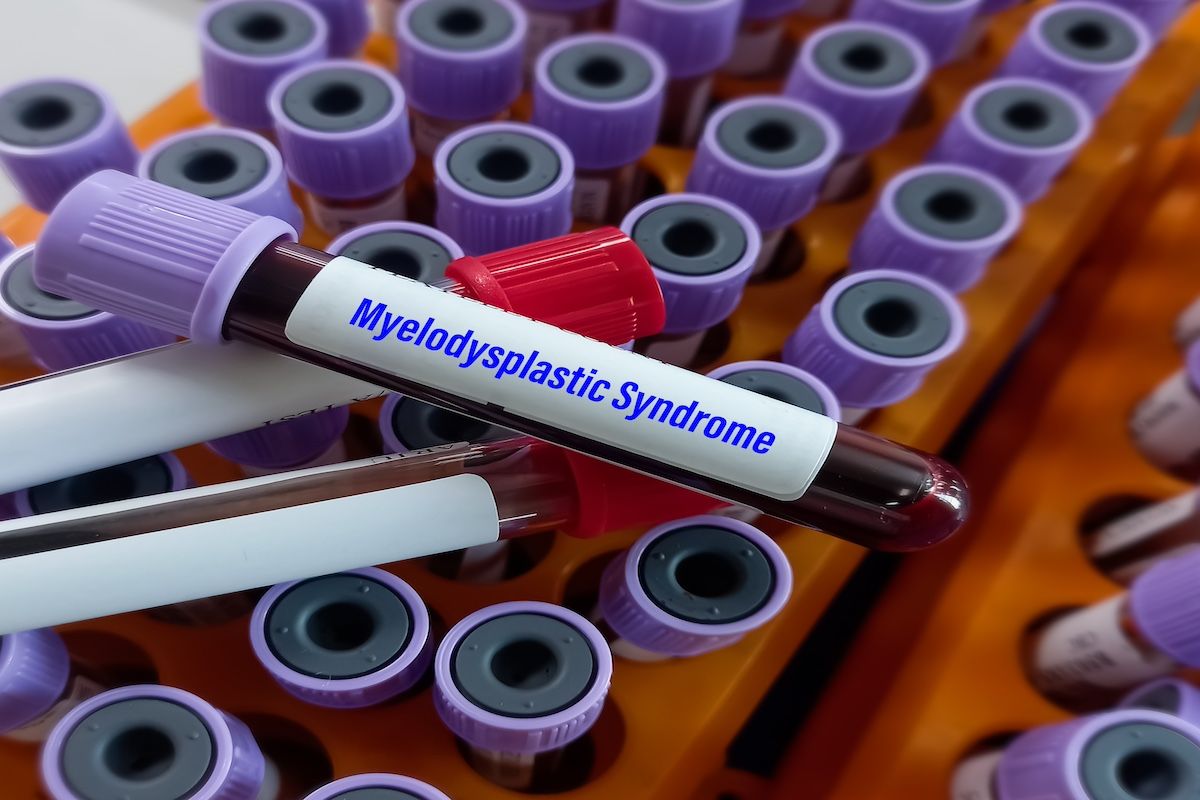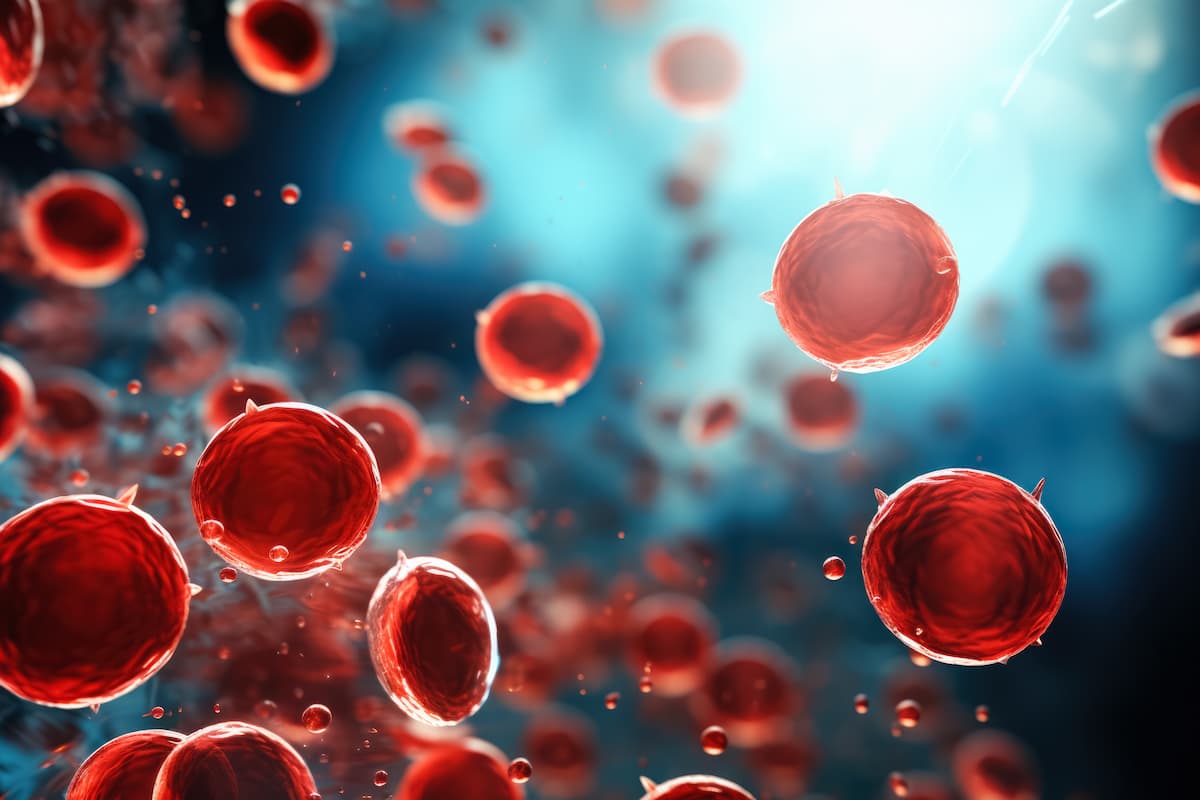News
Article
Survivors of Childhood Cancer at 9-Fold Greater Risk for Late Subsequent Leukemia
Author(s):
Key Takeaways
- Childhood cancer survivors have a persistent risk of subsequent leukemia beyond 10 years, especially with high epipodophyllotoxin exposure.
- Survivors show a 9-fold increased risk for late leukemia and a 5.9-fold risk for very late leukemia compared to the general population.
High cumulative doses of epipodophyllotoxins were associated with the highest risk for survivors of childhood cancer of developing late subsequent leukemia.
Risk for subsequent leukemia did not plateau for survivors of childhood cancer after 10 years, and risk was highest among patients who received high cumulative doses of epipodophyllotoxins, according to a retrospective cohort study in Cancer Medicine.1
“Ongoing consideration for this late effect should continue beyond 10 years,” the authors wrote. The previous understanding was that late leukemia risk plateaued between 10 and 15 years from initial diagnosis, according to the study.
Risk for subsequent leukemia did not plateau for survivors of childhood cancer after 10 years.
Image credit: MIA Studio - stock.adobe.com

Among 25,656 five-year survivors of childhood cancer, 49 developed late leukemia (LL), defined as developing 5 to 14.9 years after diagnosis, and 28 developed very late leukemia (VLL), which occurs 15.9 to 42.8 years after diagnosis. Subsequent leukemias were self-reported and confirmed by pathology testing. The most common leukemia subtypes were acute myeloid leukemia, myelodysplastic syndrome, and chronic myeloid leukemia.
The cumulative incidence was 0.23% (95% CI 0.18%–0.30%) 20 years from diagnosis for all subsequent leukemias. Compared with the general population, survivors were at a 9-fold increased risk for developing LL (SIR 9.3, 95% CI 7.0–12.1) and VLL (SIR 5.9, 95% CI 3.9–8.4).
Cumulative epipodophyllotoxin dose of greater than 4000 mg/m2 was associated with increased risk for LL and VLL (RR 4.5, 95% CI 2.0–9.9) in multivariable relative risk analyses.
Patients with VLL were older at primary diagnosis (median 13 years (VLL) vs. 8 years (LL) vs. 6 years for patients who did not develop subsequent leukemia (NL), p = 0.001). No difference was seen in the distribution of sex or race/ethnicity.
Among LL patients, the most common primary diagnoses were acute lymphoblastic leukemia (ALL), Hodgkin lymphoma (HL). Non-Hodgkin lymphoma (NHL) was the most common primary diagnosis for those who developed VLL, HL, ALL, and osteosarcoma. Epidophyllotoxin exposure affected risk (25.0% [LL] vs. 12.6% [VLL] vs. 5.6% [NL], P < 0.001), as did alkylating agent exposure (44.5% [LL] vs. 29.5% [VLL] vs. 23.4% [NL], P = 0.018).
Patients who developed LL were more likely to have received cranial or total body irradiation more often than the other two groups (48.5% [LL] vs. 28.9% [VLL] vs. 29.1% [NL], P = 0.005), and were more likely to have undergone HCT (30.3% [LL] vs. 0% [VLL] vs. 5.7% [NL], P < 0.001).
Ewing sarcoma and smoking were not associated with an increased risk for subsequent leukemia.
Patients had been diagnosed with childhood cancer between 1970 and 1999 at nearly 3 dozen institutions in the United States and Canada. Participants were included in the study if they were younger than 21 years of age when diagnosed with initial cancer (leukemia, HL, NHL, central nervous system cancer, renal cancer, neuroblastoma, rhabdomyosarcoma, or bone cancer).
The subtypes of leukemia included were leukemia, not otherwise specified, acute undifferentiated leukemia, acute biphenotypic leukemia, B-lymphoblastic leukemia/lymphoma, lymphoid leukemia, chronic lymphocytic leukemia/small lymphocytic lymphoma, Burkitt cell leukemia, T-cell leukemia/lymphoma, acute myeloid leukemia, myelodysplastic syndrome, and chronic myeloid leukemia (CML), not otherwise specified. The study did not include cases of relapse of primary leukemia, which were considered recurrences, not subsequent leukemia.
In developed countries, the 5-year survival rate for most children and adolescents who are diagnosed with cancer is roughly 80%, but most of these patients are diagnosed with at least one chronic health condition by 40 years.2
“[As] our understanding of underlying genetic and lifestyle risks evolve, it may be beneficial to develop tailored surveillance strategies for survivors at highest risk for subsequent leukemia, including utilizing methods such as circulating tumor DNA (ctDNA). Though overall cumulative incidence for subsequent leukemia is not high, it continues to increase beyond 20 years from initial diagnosis and carries a high mortality burden, supporting the need for monitoring, educating, and counseling high-risk survivors and their caregivers,” the authors wrote.
References
- Ghosh T, Hyun G, Dhaduk R, et al. Late subsequent leukemia after childhood cancer: A report from the Childhood Cancer Survivor Study (CCSS). Cancer Med. 2024;13:20. doi:10.1002/cam4.70086
- Robison LL, Hudson MM. Survivors of childhood and adolescent cancer: life-long risks and responsibilities. Nat Rev Cancer. 2014;14(1): 61-70. doi:10.1038/nrc3634

NGS-Based Test Accurately Detects Post–Allo-HSCT Relapse in AML, MDS




